Standards
1. Ability to model and facilitate innovative digital-age work and learning experiences through the effective use of current and emerging tools to ensure success in a global and digital world whereby the teacher and learner locate, analyze, evaluate, manage, and report information as well as communicate and collaborate online fluently using a variety of technology-based media formats.
2. Facilitate and inspire student learning and creativity by providing a variety of learning environments that foster collaboration and innovative
thinking to solve real world issues and authentic problems using digital tools and resources.
3. Ability to facilitate students' individual and collaborative use of technology, including classroom resources as well as distance and online learning opportunities when available and appropriate.
4. Ability to design, implement, and assess learner-centered lessons and units that incorporate technology and use appropriate and effective practices in teaching and learning with technology.
5. Ability to use technology tools for instruction, student assessment, management, reporting purposes and communication with parents/guardians of students including, but not limited to, spreadsheets, web page development, digital video, the Internet, and email.
6. Ability to facilitate students' individual and collaborative use of technologies (including but not limited to spreadsheets, web page development, digital video, the Internet, and email) to locate, collect, create, produce, communicate, and present information.
7. Ability to design, manage, and facilitate learning experiences incorporating technologies that are responsive to the diverse needs of learners, learning styles and the special needs of all students (e.g., assistive technologies for students with special needs).
8. Ability to evaluate students' technology proficiency and students' technology-based products within curricular areas.
9. Ability to design, develop, use, manage, and assess authentic digital-age learning experiences that are aligned with subject-area content and the Alabama Course of Study: Technology Education to maximize content learning and address diverse learning styles, incorporating the use of formative and summative measurement tools to better inform learning.
Early Explorers
- Lesson Plan
Early Explorers Social Media Project Link
- Student sample
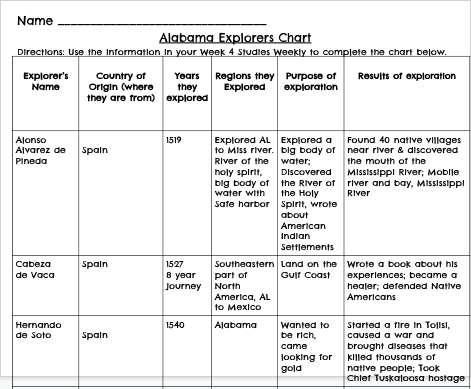
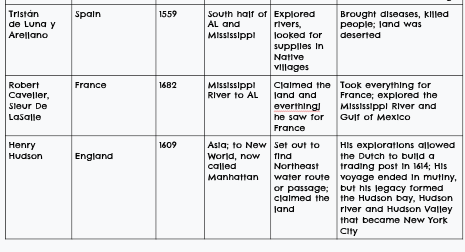
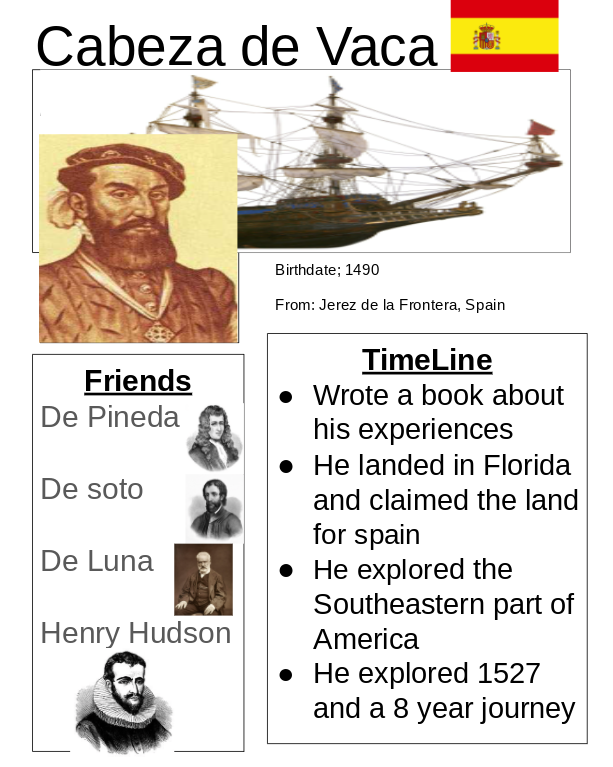
- Technology product rubric
Early Explorers project rubric
- Written Narrative
This lesson was meant to have students go deeper than simply reading and learning about the early explorer's voyages. I wanted the students to understand why it was important for the explorers to write about their explorations. I wanted the students to be able to think about what types of things they felt were important for an explorer to share with the country that they are exploring for by thinking about what they would share if they were an explorer today and had a Facebook page. After this lesson, the students were actually interested in learning about the explorer that they chose to focus on. They enjoyed reading and finding new facts about the explorer which lead to deeper discussion and questioning during whole group conversations. The one thing that I would change about this lesson is having the students write their own journal about their research rather than have them simply fill in a research chart. If the students fill in a journal, they can write down their reactions to different information that they learn rather than simply finding facts. I want to change this simply because all of the students took the "timeline" portion as a spot just to post facts rather than mold that fact into a post that you would see on an actual social media post.
Haunted House for Sale
- Lesson
Haunted House for Sale assignment link
- Student Sample
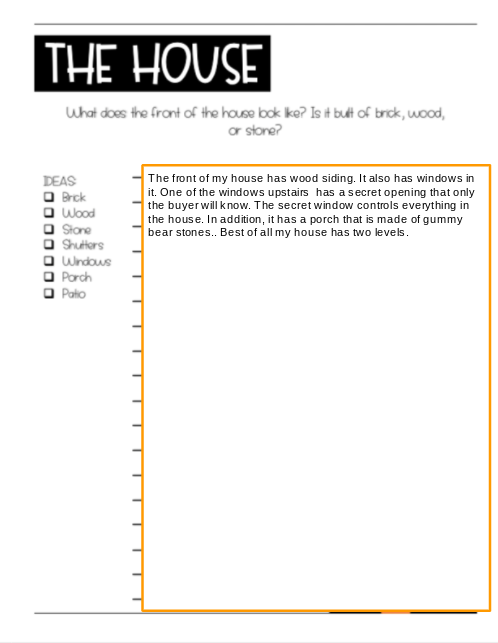
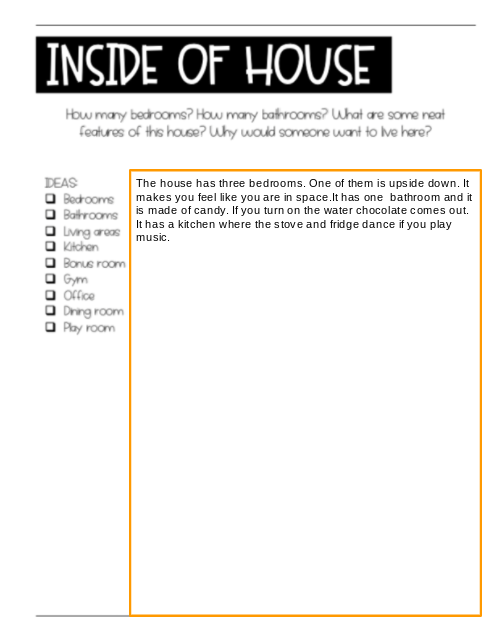
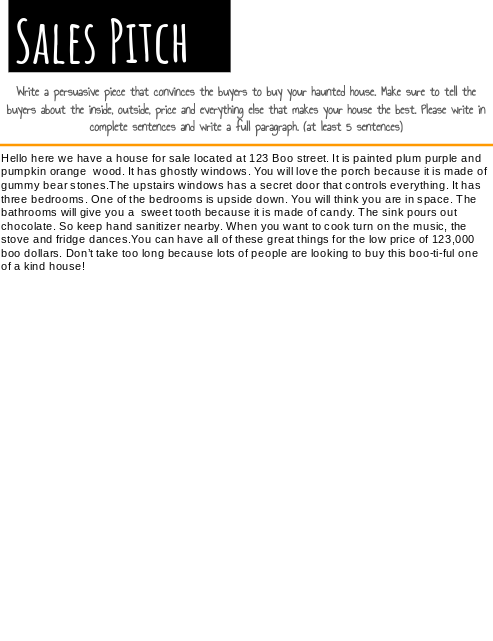
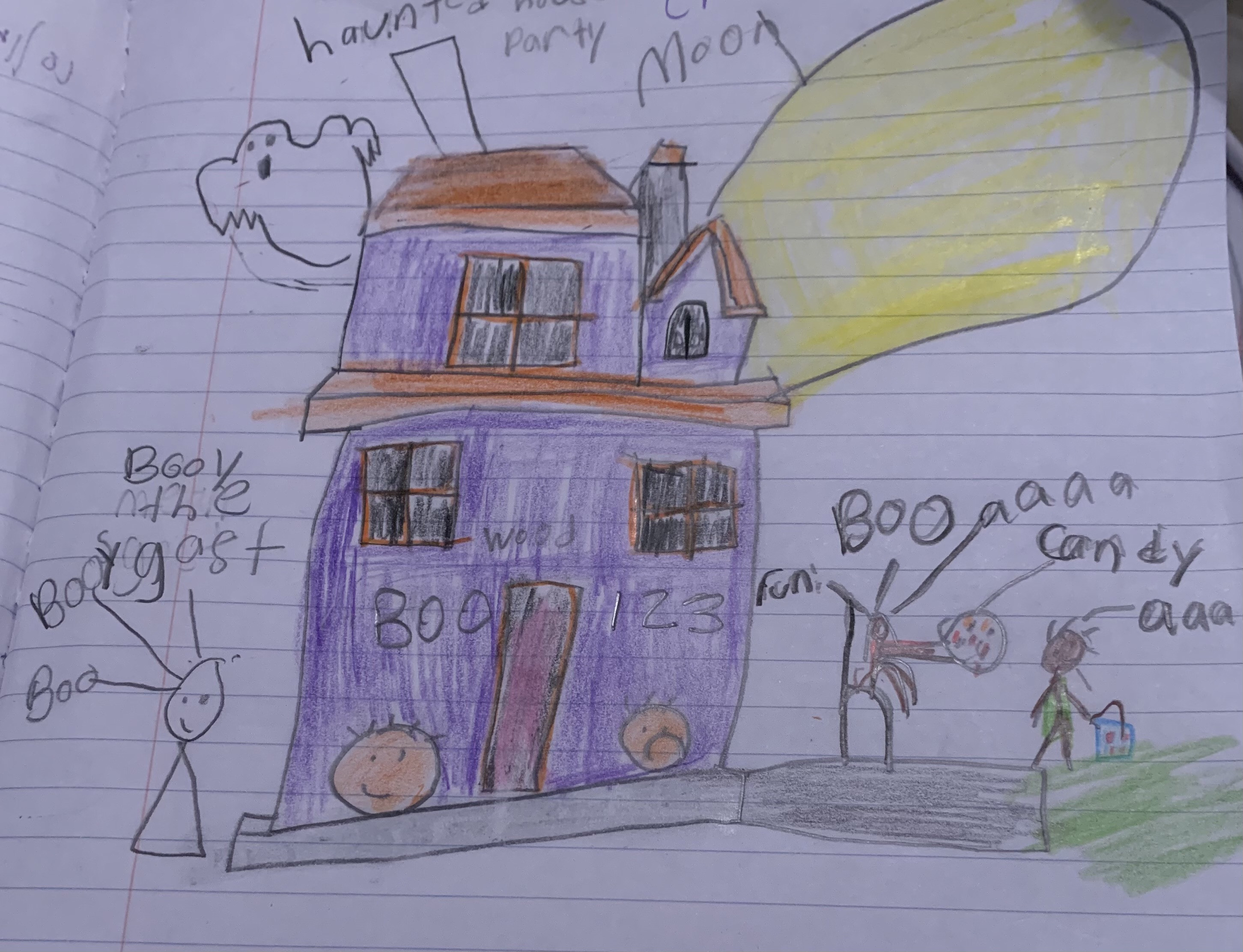
- Technology product rubric
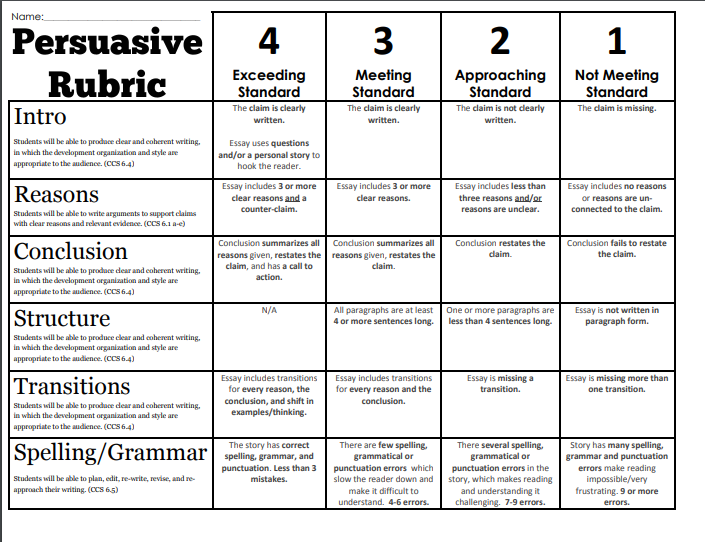
- Written Narrative
The purpose of this assignment was to have students understand how they can use their opinion and supporting details to persuade someone to do something or think about what they think. We previously had been talking about facts and opinions and being able to explain your opinion. I wanted to use those previous lessons to teach the students how to develop their opinion into a writing piece. One thing that I did within this activity that I noticed really helped the students was having them draw their haunted house before beginning to write. This helped the students really be able to give details during their writing simply because it was easier to visualize when writing.
Technology Proficiency Assessment